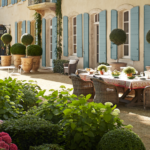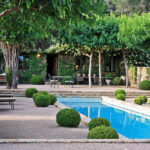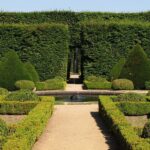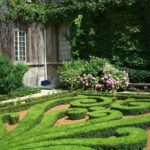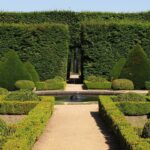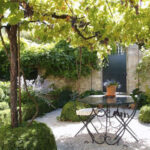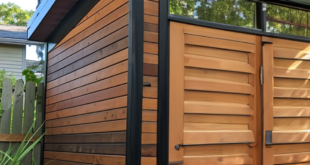French garden design is renowned for its elegance, symmetry, and formal structure. Dating back to the Renaissance period, French garden design has been greatly influenced by the landscapes of Italy, as well as the traditional gardens of the Middle Ages. One of the key characteristics of French gardens is their use of geometric shapes, including squares, circles, and rectangles, to create a sense of order and balance.
One of the most famous examples of French garden design is the Palace of Versailles, located just outside of Paris. Designed by landscape architect André Le Nôtre in the 17th century, the gardens of Versailles are a prime example of the French formal garden style. The gardens feature long, straight pathways, meticulously manicured lawns, and symmetrical plantings that create a sense of grandeur and opulence.
Another key element of French garden design is the use of parterres, or intricate patterns created by hedges and low-growing plants. Parterres can be found in many French gardens, adding a sense of artistry and sophistication to the overall design. These intricate patterns are often filled with colorful flowers or contrasting foliage to create a striking visual impact.
Water features also play a prominent role in French garden design, with fountains, ponds, and canals often incorporated into the layout of the garden. These water features not only add a sense of tranquility and serenity to the space but also help to reflect the surrounding architecture and greenery, creating a sense of harmony and unity within the garden.
In addition to the formal elements of French garden design, many gardens also include a variety of ornamental features such as statues, topiaries, and trellises. These decorative elements are carefully placed throughout the garden to enhance its aesthetic appeal and provide focal points for visitors to enjoy. The inclusion of these ornamental features helps to create a sense of whimsy and whimsical charm within the space.
Overall, French garden design is characterized by its attention to detail, balance, and harmony. Whether in a large estate like Versailles or a smaller, more intimate garden setting, the principles of French garden design can be adapted to create a stunning outdoor space that is both functional and aesthetically pleasing. With its timeless beauty and classical elegance, French garden design continues to inspire gardeners and landscape designers around the world.

